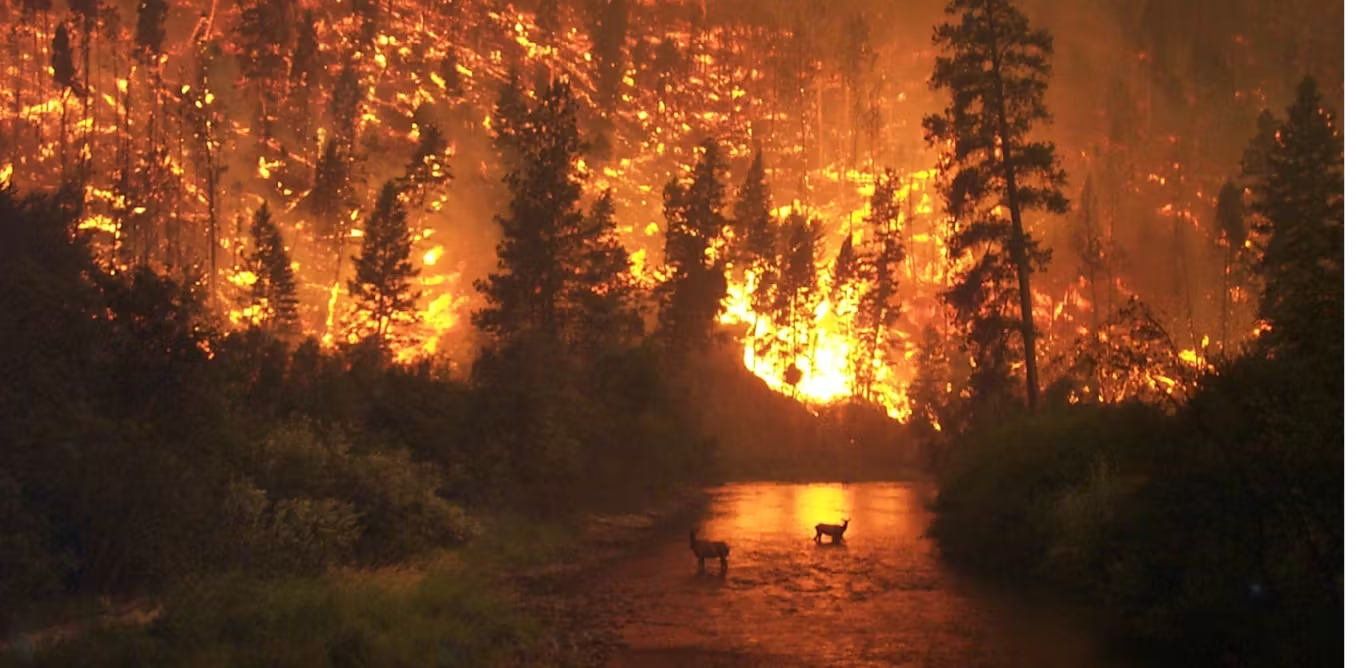moviescout.org – Wildfires are a natural phenomenon that has been occurring for millions of years. However, in recent decades, the frequency and intensity of wildfires have increased significantly, posing a serious threat to ecosystems, human life, and property. This article explores the causes of wildfires, their immediate and long-term impacts, and the strategies employed to mitigate their effects.
Causes of Wildfires
Wildfires can be ignited by natural causes, such as lightning strikes, but human activities are responsible for the majority of them. Activities like unattended campfires, discarded cigarettes, and arson can easily spark a wildfire. Additionally, climate change has exacerbated conditions conducive to wildfires, such as prolonged droughts, higher temperatures, and stronger winds.
Immediate Impacts
The immediate impacts of wildfires are often devastating. They can destroy homes, infrastructure, and vast areas of forest in a short amount of time. The loss of vegetation leaves the land vulnerable to erosion and can lead to mudslides during subsequent rainfalls. Wildfires also pose a direct threat to human life, as people can become trapped by the fast-moving flames.
Environmental Consequences
Wildfires have a profound impact on ecosystems. They can cause the extinction of plant and animal species and alter habitats. The smoke from wildfires contributes to air pollution, releasing carbon dioxide and other harmful particles into the atmosphere. This not only affects local air quality but also contributes to global climate change.
Economic and Social Impact
The economic cost of wildfires is enormous. They can result in billions of dollars in damages to property and infrastructure. The cost of firefighting efforts and the economic impact on industries such as tourism and agriculture can be significant. Socially, communities affected by wildfires can experience displacement, loss of livelihood, and long-term mental health issues.
Mitigation and Adaptation Strategies
Efforts to mitigate the impact of wildfires include improved land management practices, such as controlled burns and creating firebreaks. Advances in technology have led to better detection and monitoring of wildfires, allowing for quicker response times. Public education campaigns aim to reduce human-caused wildfires by promoting fire safety and awareness.
Conclusion
Wildfires are a complex natural disaster with far-reaching impacts on the environment, economy, and society. As climate change continues to influence weather patterns, the threat of wildfires is likely to increase. It is crucial to adopt effective strategies to mitigate their impacts and adapt to this changing reality. Collaborative efforts between governments, communities, and individuals are essential in addressing the challenges posed by wildfires and ensuring a safer future for all.
